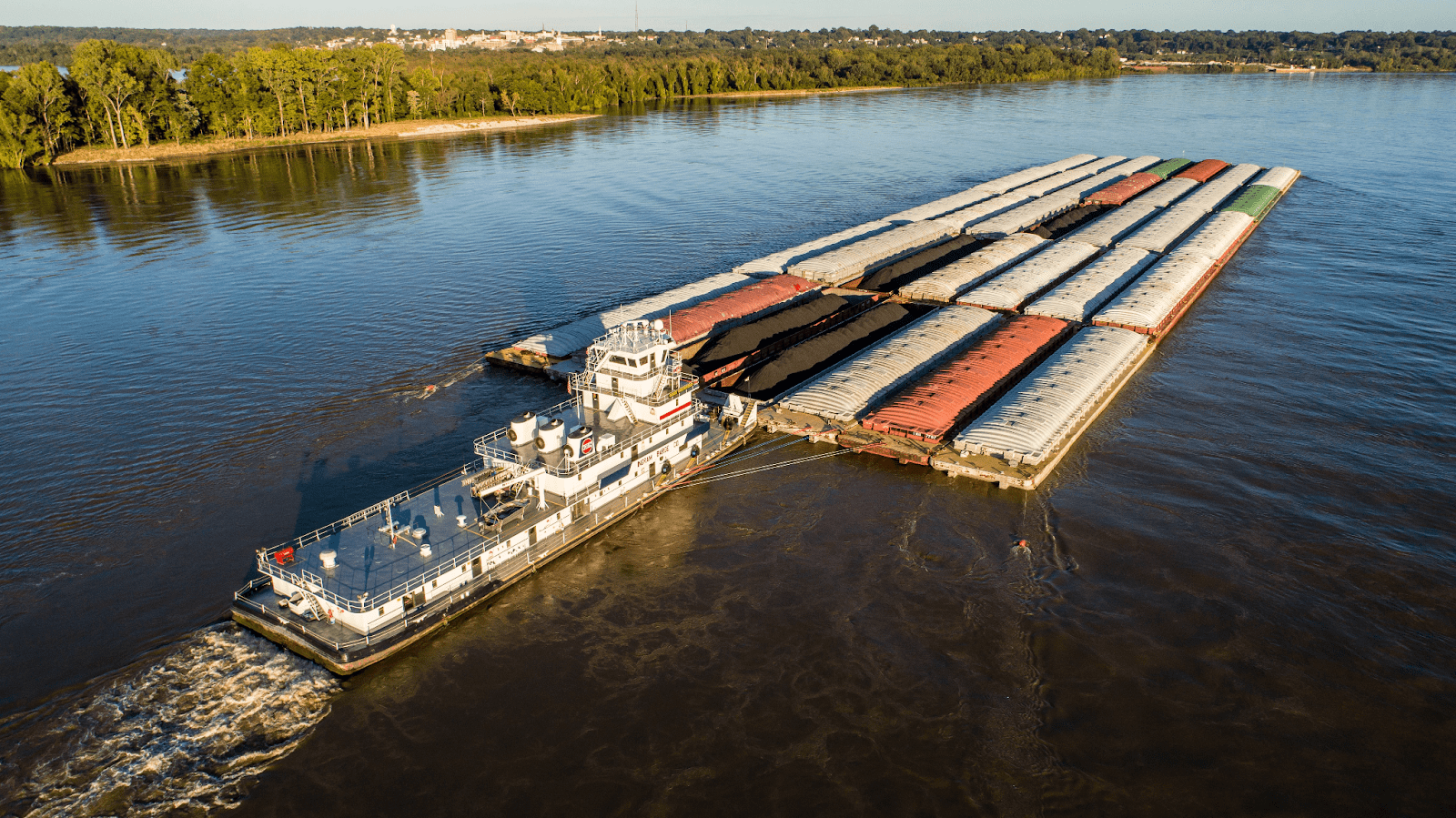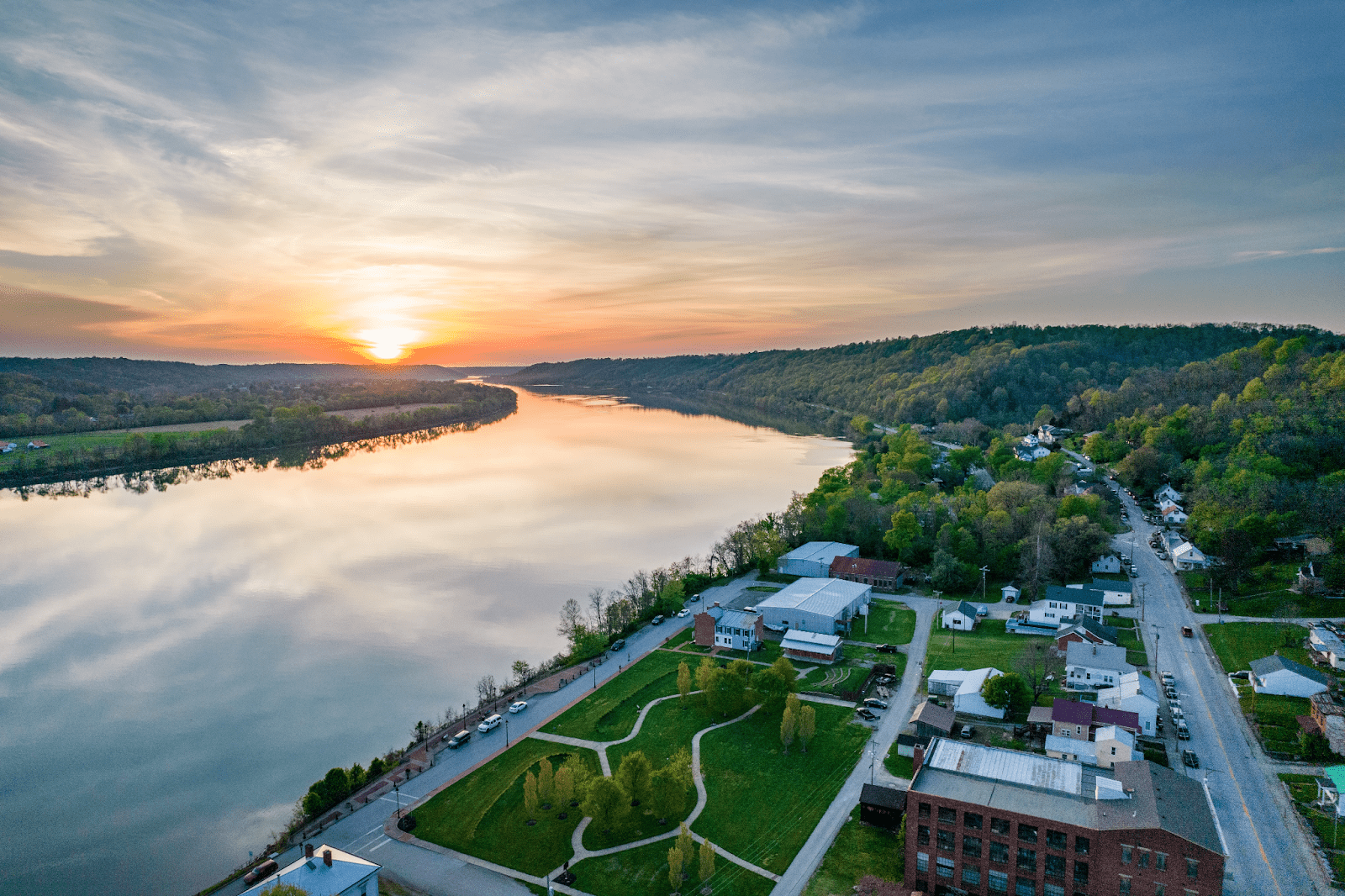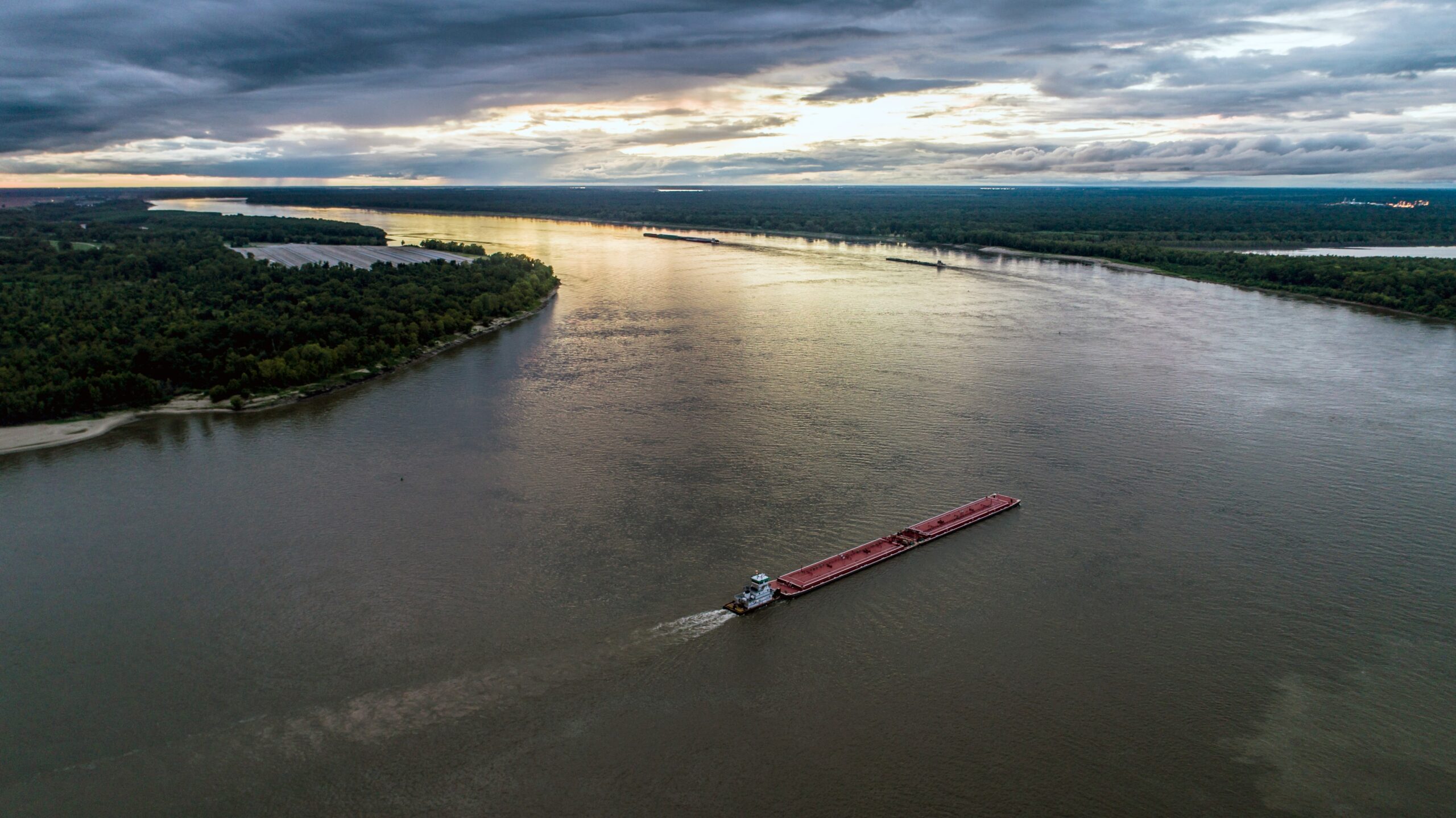With infrastructure currently at the forefront of American policymaking, one of America’s unsung heroes, the lock and dam system, should be first in line for a makeover. While many of the locks were built in the early 20th century, they still represent a crucial component of agricultural transportation in the U.S. The Upper Mississippi River lock and dam system alone is responsible for the movement of 60% of the nation’s corn, grains, and soybeans.
In January, the U.S. Army Corps of Engineers unveiled a $2.2 billion investment in conjunction with the federal government’s massive bipartisan infrastructure law to refurbish and modernize our waterways infrastructure.
The money covers projects in five different river systems, including an $829 million investment into the Upper Mississippi River System.
The majority of this money will go to repair seven locks and dams and build a new 1,200-foot lock chamber near the confluence of the Mississippi and Illinois rivers. Currently, the locks are 600 feet long and require the long “decoupling” process. Each lock is broken up to accommodate large barges, taking several hours. However, the expansion of the locks will save farmers who depend on these waterways time and money getting their goods to market.

While the funding for this project is brand new, the idea to improve the infrastructure on these waterways goes back more than a decade. Initially, Congress authorized the modernization of the Upper Mississippi River lock and dam system back in 2007, but sidelined the upgrade due to inadequate funding.
This project is not only critical to the nation’s infrastructure but will support the economy as well.
“Iowa’s agriculture, manufacturing and shipping industries rely on a functioning and efficient lock and dam system along the Mississippi River to move goods,” remarked Senator Chuck Grassley (R-IA). According to a 2019 study by the Department of Agriculture, rebuilding these locks as part of the Navigation and Ecological Sustainability Program would generate upwards of $72 billion in the nation’s gross domestic product. Farmer Tim Maiers, executive director of the Upper Mississippi, Illinois, and Missouri Rivers Association, said this renovation will make the Midwest’s link to the global supply chain much more efficient.
In addition, the investment is estimated to create nearly 50 million person-hours of construction jobs.
However, the renovation of these locks and dams was not only based on fiscal responsibility. Senator Dick Durbin (D-IL) stressed the environmental impact these waterways have, saying, “these barges and what they move, the alternative is a lot of trucks burning a lot of diesel fuel.” He says that using the locks and dams is a much more efficient way of transporting goods.

While the investment is particularly beneficial to the Upper Mississippi River System, the funding also covers the improvements for locks and dams in the Tennessee River, Ohio River, Arkansas River, and the Illinois Waterway. In addition to the $2.2 billion investment into renovations and improvements, Maiers says that a further $2 billion will be used to improve the environmental and ecological aspects of the river systems.





